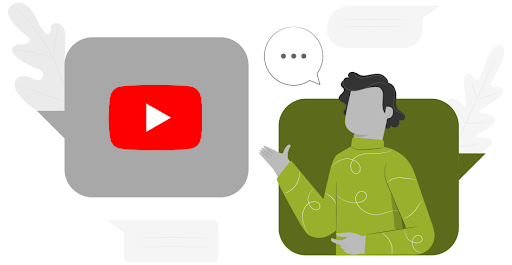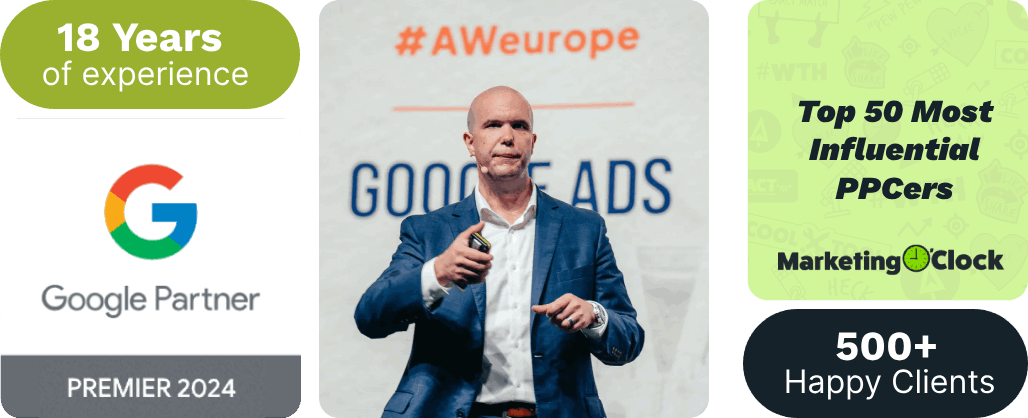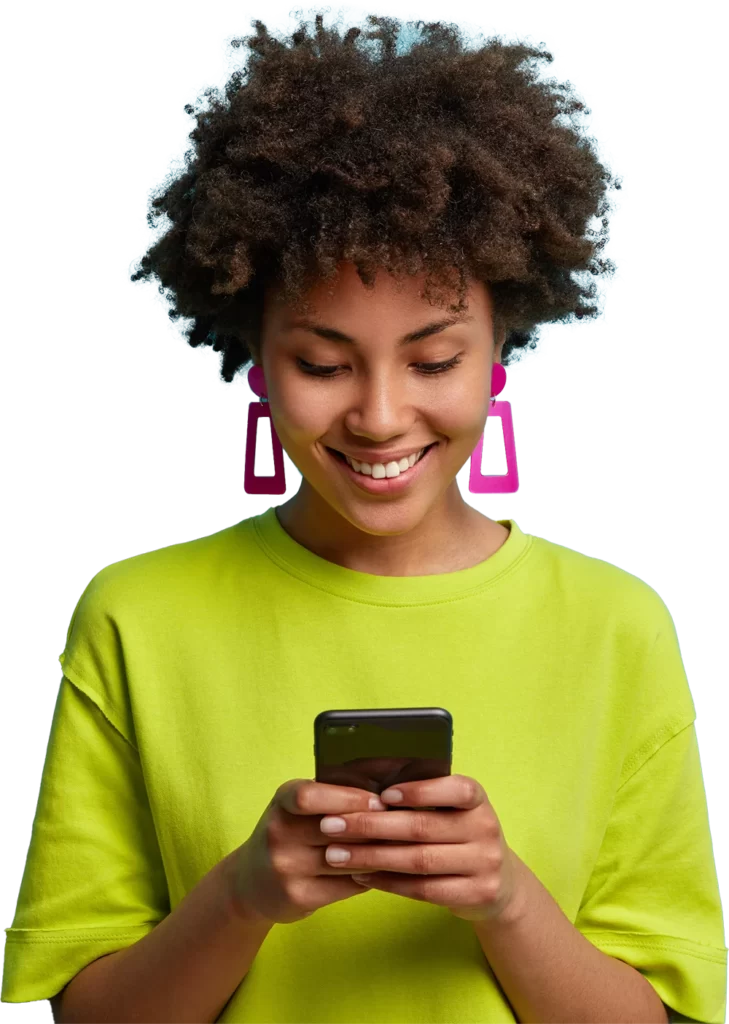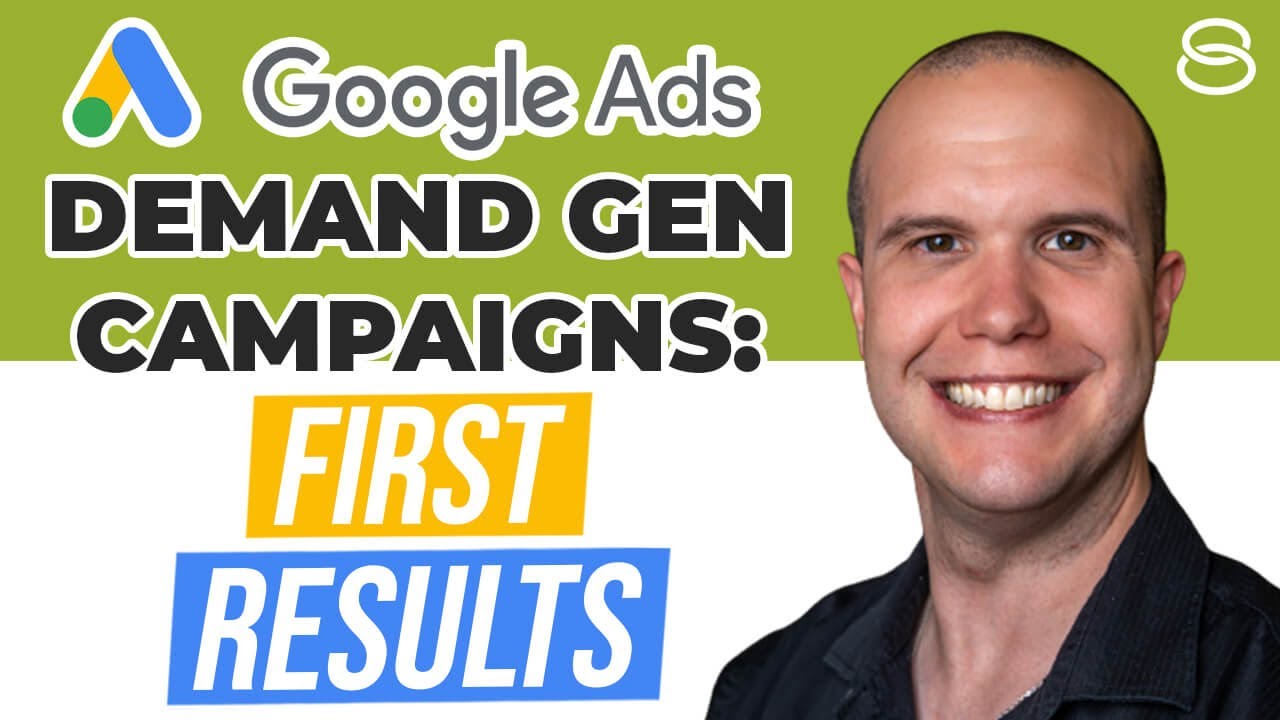Do you wish you had a quick guide to John Moran’s multi-level campaign strategy for Meta Ads?
You’re not alone.
Even our expert strategist Colby was hoping for a summarized overview of the approach. Lucky for him (and you!), our Meta Man Nick saved the day in a recent video.
Nick says he has had a lot of success with this strategy ever since John brought it to the table about six months ago. You can watch the video here, or read on for his quick rundown of the setup and how it works.

To start, L1 is top of funnel
L1 (or Level 1) is simply top of funnel, says Nick, with specific exclusions that typically change based on the requirements of the client.
In most cases, he makes the traffic “as cold as cold can get.” And, it has to be video based.
He excludes all website visitors in the last six months, all past purchasers (using the pixel data to remove purchasers), anybody who has interacted with the brand socially, anybody who has entered the Facebook and Instagram shops, and basically anybody with any association with the brand.
Jonathan, another Solutions 8 Meta Ads expert, says he would also add video viewers and followers to that exclusion list, as well as the client’s email list if they have shared it with you.
What about lookalike lists?
It’s usually one or the other that’s going to work, says Nick. In the example, his TOF lookalike list is 10% percent.
“I typically try both,” he explains. “Start with a 10. If 10 performs, mix in a 1 at some point. Usually you find that one is going to work better than the other, but I’ve got some accounts where 1 and 10 both work, and then you can go down the list and go 9, 8, 7—build out as many as you want.”
Jonathan adds that his preference is to stick with a lower percentage, between 1% and 3%, and sometimes he will use Advantage+ for the lower one.
Nick adds that the DataDrew app is helpful here because it divides customers into groups (e.g., Loyal Customer, Needs Attention, Lost) which can help you build a really strong lookalike audience and then home in on a particular campaign.
How about from a creative/goal perspective?
At this level, Nick says he does not have much success running a brand awareness or traffic objective. “If it’s left up to me, I’m going to go sales optimization all day.”
Essentially, he is always trying to achieve a purchase when possible, unless a client specifically asks for something different.
(Jonathan confirms this later in the video, saying that it makes sense to go for conversions right away because if you go for other traffic sources, often you will get much less quality traffic—which ends up polluting your remarketing and lookalike audiences.)
Currently, Nick is working with one client on a strategy where he plans to build an engagement campaign using ads they want to run for top of funnel. The idea is to build engagement over a week and spend $5K on it, and then take that and repost the campaign ID to top of funnel.
It may or may not work, but Nick has a theory that engagement helps quite a bit and may provide a level of social proof that is sometimes difficult to achieve, so they are going to try it.

Moving on to L2: video views
Remember how we said L1 had to be video based? That is because L2 (i.e., middle of funnel) will focus on video views: targeting those people who are engaging with L1 ads.
Nick points out that because L2 does not always perform well, you may be tempted to turn it off and jump straight to L3, thinking it is not necessary. However, when Nick has done that, he has noticed that it does impact L3 sales.
“So even though L2 might not get the ROAS that you’re searching for or the cost per purchase that you’re looking for or it just has a lower conversion value, it is necessary because it’s that middle stage of the nurturing that we’re trying to establish with the structure,” he says.
For the most part, he is using a 25% video view and hasn’t really tested much more than that, but says it likely depends on the length of the video. If you are showing a minute-long video, for example, 25 seconds is going to be nearly impossible, so you may be better off using a 3-second video view or something like that, where you are going to get a larger audience.
Watching your frequency here is important.
Nick shows that in the client example he is using, he is at a 1.57 for November and October was a 2.21, which tells him he can even up the budget quite a bit and get it up to a 5 or 6, which for L2 is perfectly fine.
(He notes that John was even up into the tens when he was talking about the strategy initially.)
Finally, L3 is bottom of funnel
Here, we are just targeting website visitors for a certain period of time.
In the example client Nick uses, because they have a higher-ticket product, he is using 30 days. However, he also works with brands selling $10-$15 products where he will use 10-day video views. Why?
Because anybody who is visiting the website and not purchasing within that time frame, you can usually chalk it up to window shoppers. In other words, you do not need to be spending your money on them. For this reason, Nick says playing around with the website visitor timeline is important.

General rules about messaging
Colby asks if there are any general rules about messaging between L1, L2, and L3, to which Nick relays John’s way of explaining how your message should change based on the funnel level.
- Think of L1 as prospecting, where you are showing how nice and sparkly your product is, trying to get that scroll-stopping piece—whether in the copy or the creative. Video is a great tool for this.
- Then, for L2, you can get a little bit more “salesy” because these people have paid attention in some form but have not visited the website yet. This is an important piece, where they are interested to a degree so you are giving them more informational content.
- Finally, with L3, they have now visited the website but have not purchased. This is when you can be displaying a promotional offer to them, for example 10% off their first purchase.
And there you have it! There is also an L0 strategy, which you can learn more about here.
Author
Pamela is the Senior Content Writer at Solutions 8. When she's not writing, you can find her hiking in the woods with her dogs. She is currently on a quest to visit every national park in the United States.
 Pamela Sapio
Pamela Sapio










